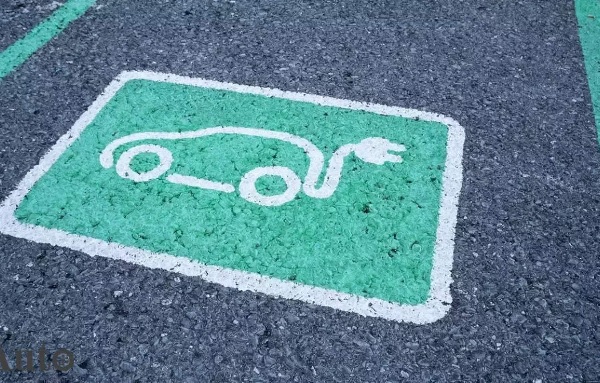
For cost alleviation and investment drive, the report suggests demand incentives till significant xEV penetration and emissions-based taxation, while also creating credit pathways for financing xEVs
India will have 87 per cent electric vehicle (EV) penetration in new vehicle sales and 85 per cent localisation of the XEV value chain by 2047, the FICCI-YES Bank report’s on e-mobility said on Tuesday.
“The projected segment-wise penetration is 91 per cent for three-wheelers, 90 per cent for two-wheelers, 79 per cent for passenger vehicles, and 67 per cent for buses by 2047,” FICCI-YES Bank report ‘India@2047: Electric Mobility’ said.
Terming the global shift towards electrification as a huge opportunity for India’s current market of over 20 million domestic vehicles, the report described high upfront costs, constraints on vehicle finance, safety concerns, nascent global inroads, and limited access to key raw materials, R&D and skillsets combined with low order volumes, rapid technology evolution, and issues in charging infrastructure development & utilisation as challenges for mobility in India.
The report also offers a roadmap of solutions to these issues to achieve the aspirations of the sector via the development of a vibrant resale market, open data on vehicle performance to ease vehicle finance and insurance, vehicle and component servicing, longer warranties, and quality testing for all vehicle classes to allay concerns on safety.
For cost alleviation and investment drive, the report suggests demand incentives till significant xEV penetration and emissions-based taxation, while also creating credit pathways for financing xEVs.
The report suggests mandating charging infrastructure in public parking, and a greater mandate for electricity utilities for upstream infrastructure creation and green power integration.
To tap global markets, the report suggests focusing on 2- and 3-wheelers, tractors, and LCVs; and value chain products/processes using India’s material/ mineral strengths — supported by export incentives/promotion & development of test capacity for global standards.
On the supply side, the report identifies local R&D ecosystem development in priority areas as a key imperative — including for recycling and alternate energy sources including sodium/ hydrogen, etc. along with a structured approach to localization including capital equipment.
“Companies can explore flexible production and design stage collaboration for components while increasing R&D investment through small teams and startup collaboration. Policymakers can institute R&D incentives/tax rebates, and create/fund infrastructure for prototyping, testing, pilot plants etc,” the report said.
The report also suggests collaborative focused skill missions with Academia, startups, Skill Councils, & MSMEs, and collaborative procurement at the component & material level.













